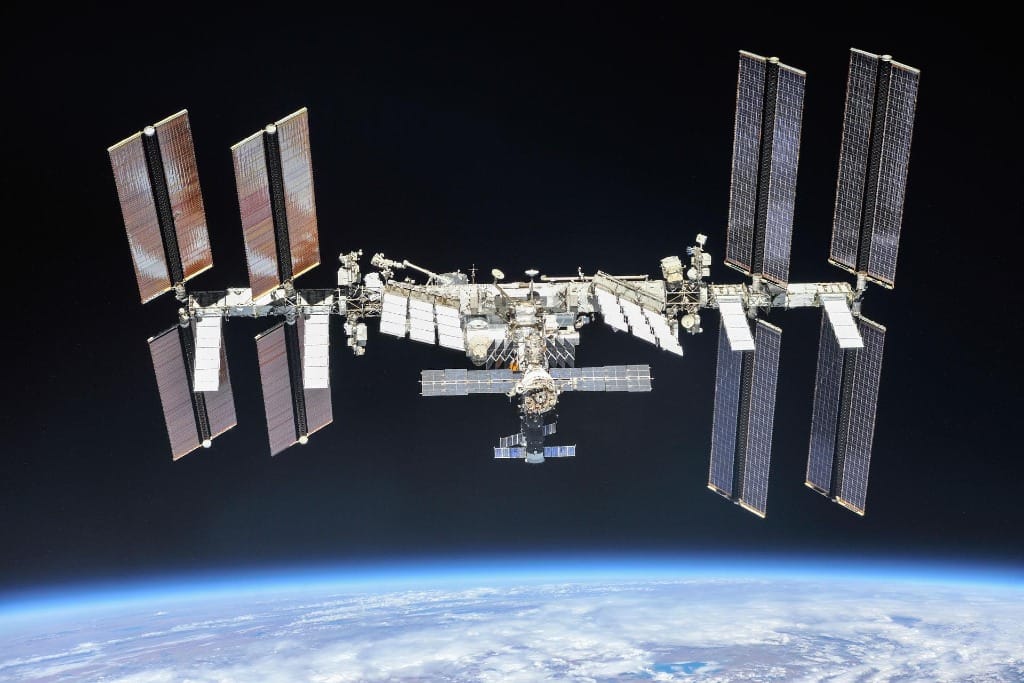NASA Conditionally Backs SpaceX’s Use of Very Low Earth Orbit Satellites
The approval hinges on ensuring safe operations near the International Space Station.
Jericho Casper

WASHINGTON, Oct. 30, 2024 – NASA has conditionally approved SpaceX’s plan to operate 400 of its second-generation satellites in very low-Earth orbit, or vLEO, a zone below 450 km that sits just beneath the International Space Station.
This approval, detailed in a recent letter to the Federal Communications Commission, underscored NASA’s cautious support for vLEO operations, as long as safety protocols are established to protect multinational space stations.
NASA highlighted risks including potential collision, known as “conjunction events,” as a key concern in its ongoing discussions with SpaceX. The agency expressed caution, noting that SpaceX’s proposal, first submitted in 2017, “conceptually poses risks to visiting vehicle traffic to/from the ISS.”

To address these risks, NASA and SpaceX are conducting a “visiting vehicle study” to better assess how the satellite network could affect traffic and safety protocols for spacecraft en route to the ISS.
In the letter, Lauren Morgan, NASA’s representative to the Commercial Transportation Interagency Group, affirmed the study was intended to guide how many satellites can operate safely in the 300 km orbital shell, where proximity to Earth introduces unique advantages but also operational challenges.
While traditional LEO satellites generally operate between 500 and 2,000 km above Earth, where they avoid much of the atmospheric drag that can shorten a satellite’s lifespan, vLEO satellites orbit at altitudes below 450 km and closer to Earth.
This proximity comes with trade-offs: VLEO satellites face more atmospheric drag, leading to shorter operational lifespans and frequently reenter the atmosphere. Upon reentry, these satellites burn up, releasing metals and other particles that scientists warn could deplete the ozone layer and potentially alter atmospheric composition.
With SpaceX planning to expand its constellation to nearly 30,000 satellites, concerns from scientists, astronomers, and federal agencies over the rapid expansion of satellite “mega-constellations” in low-Earth orbit have been mounting. In a petition last week, more than 100 scientists urged the FCC to pause new launches until the environmental impact of these satellites was fully assessed.










Member discussion